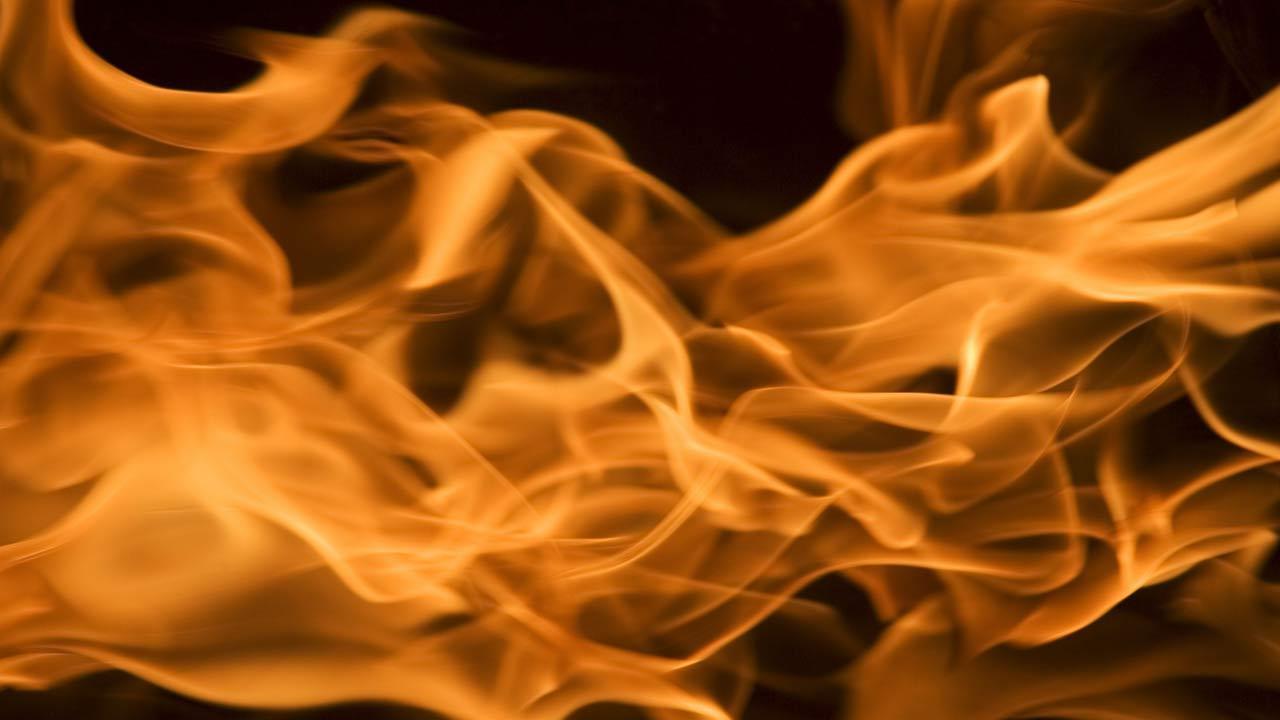Yet, we can learn some lessons from these tragedies. It is natural to react with disgust and anger, yet, we must be proactive when it comes to fire compliance in our own little worlds. Do we ensure that our own homes are safe?

Photo for representational purpose
The number of fires recently in COVID-19 facilities is quite rightly triggering outrage and anger. Some of the reasons given for the fires have been that these are makeshift facilities or some leak or the other has taken place. These deaths have added to the tsunami of sorrow.
ADVERTISEMENT
Yet, we can learn some lessons from these tragedies. It is natural to react with disgust and anger, yet, we must be proactive when it comes to fire compliance in our own little worlds. Do we ensure that our own homes are safe?
From something as small as caution in the kitchen, as basic as wearing cotton clothes and not synthetic ones while cooking — we have to make sure that we, too, practise safety within our parameters.
When we point a finger at others, are we looking at our housing societies? A lot of buildings do not have fire extinguishers. Those that do, may have expired equipment. Buildings that have equipment in working order, have members that do not know how to use it. This is because they have not attended sessions on how to use the extinguishers or have simply forgotten how to use them.
Old buildings have fire escapes but these, at times, have been blocked. In new buildings, staircases and landings often have hazardous material or obstructions like children’s bicycles, mattresses, shoe stands, old trunks, which make getting out of the building or using the staircase, difficult in times of an emergency.
The housing society committee must ensure that these are free from obstacles to facilitate smooth passage. We need to familiarise ourselves to fire escapes or options at our workplaces. Few of us do so. Instead of clucking at fire accidents we must hold a mirror to ourselves and ask if we are adhering to basic safety precautions.
 Subscribe today by clicking the link and stay updated with the latest news!" Click here!
Subscribe today by clicking the link and stay updated with the latest news!" Click here!







